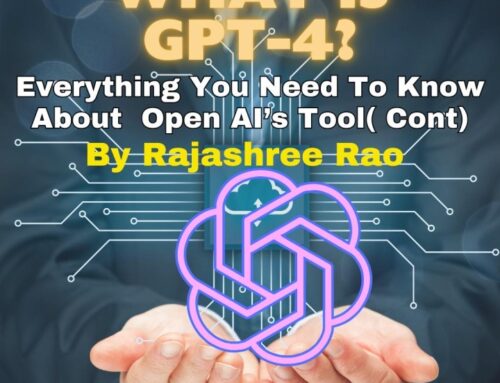The Internet of Things (IoT) has begun reshaping and revolutionising the retail Industry as the digital disruption makes a big wave with the evolution of E-Commerce. The burgeoning of the IoT and E-Commerce has created a significant storm in the world of Fashion Industry. IoT movement will transform the fashion to a great extent with customer experience being one of the critical areas of focus. Although IoT seems like a science fiction, it is a reality of what the Industry has envisioned and is faster than what one can comprehend.
Fashion Industry by itself is a very complicated business. The traditional or conventional way of designing involves rigorous 18 to 24 months for the formulation of a range. The designer has to come up with innovative designs forecasting the fashion trends. He then Conceptualises a Theme, Colors, Fabrics, Patterns, Silhouettes, Message, Trims, Range, etc. which is then transformed from abstract to a real garment. The garment will then be tried on the model until the designer’s vision has seen its light on the ramp.
The Fashion show, however, lasts only for 17 – 20 minutes during which time the designer presents up to 70 looks depending on the theme and range of the collection that he has designed. The Fashion show is witnessed by some of the big players in the retail Industry also, who then buy the designs and from here begins another significant process of producing the garments. So, the final product reaching the end customer will take a couple of months.
Hence, the time taken to market is significantly a very long period, however, with the advent of IoT, this long drawn process can be shrunk in terms of both the reach and time which will reduce the cost significantly while increasing the wallet share. Let me explain how this can be done.
With Augmented Reality (AR), Virtual Reality (VR), and the 3D imaging the designer can create algorithms of the patterns using sensors fitted to mannequins which transmits the data to the automatic scan and cut machines. The fabric is sewn as per the design and pattern by the robotic sewing machines. This technology will help the designer eliminating the iterations of designing a garment as well for the models to sit through a series of trials before the final show.
The fast-moving world has created a new kind of business model in which the Fashion shows are now being organised virtually cutting down a huge capital expenditure and making it possible for the end consumers to be a part of the whole process of the fashion industry which has never been the case.
Recently, the Fashion industry proved that the AR & VR is en vogue for a wide range of experiences. Kate Moss has starred in the first ever VR perfume ad. Charlotte Tilbury’s launch for her debut fragrance, the Scent of a dream, was an out of this world experience for the guests at the New York Fashion Week.
Similarly, Tommy Hilfiger launched an in-store VR Fashion show to enhance the customer experience of brick and mortar retail store. The shoppers donned a VR headset to witness the designer’s Fall collection in 2016 debut from the runway.
Fashion brands like Balenciaga and Rebecca Minkoff launched similar VR runway experiences for their consumers. ELLE’s Fashion Juggernaut collaborated with Huffington Posts VR division to bring AR technology to its annual “Women in Hollywood” issue.
The Sports Illustrated has released 500,000 exclusive edition bundles using Google Cardboards for their world famous swimsuit edition to boost new subscribers. The VR experience on the Sports Illustrated app is exactly how you imagine; the videos can be viewed in Cardboard Viewer Mode or only on a Smartphone giving you the experience of a “beach seduction.”
To summarise, the Industrial Revolution changed the phase of manufacturing processes. Likewise, the IoT Magic will change the phase of the Fashion & Retail Industry forever.
I have just introduced the subject of how IoT can dramatically transform the fashion industry. Going forward, I will be highlighting the key and multi-faceted approach which the fashion industry can embrace using IoT technologies to capture the ever-changing face in the ‘World of Fashion.’




